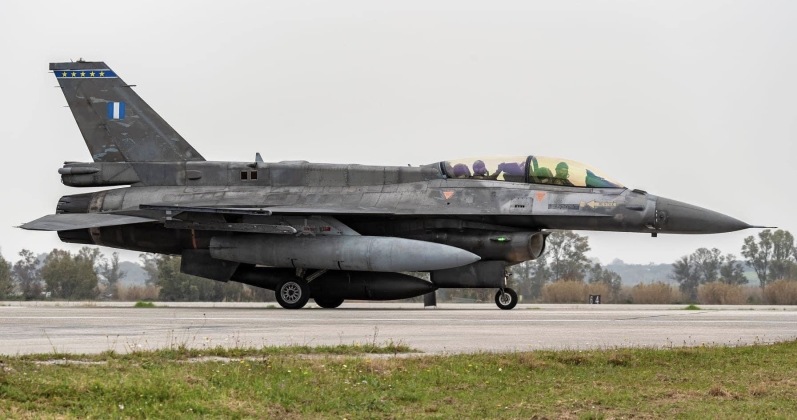News
U.S. Pressing Ukraine For ‘Decisive Breakthrough’: Officials Highly Sceptical F-16s Will Make a Difference to War Effort
American officials have widely raised concerns that Ukraine’s long anticipated offensives against Russian positions, which began in early June, have not made significant gains, accordingly to new reports from the Washington Post. The paper observed that Washington has been pressing Kiev to commit to a divisive breakthrough using integrated offensive manoeuvres, while Western officials have criticised Ukraine’s focus on attrition based assaults instead of combined arms operations that would use tanks, armoured vehicles, infantry, artillery, and air power jointly. Ukrainian assaults have so far been met with “overwhelming artillery, anti tank missiles, loitering munitions and helicopter fire” causing significant losses, according to recent assessments by analysts at the Washington D.C. based Institute for the Study of War. Reports on a Ukrainian focus on attritional warfare comes amid widespread reports from Ukrainian, Western and Russian sources of the Ukrainian Military sending barely trained conscripts into ‘meat grinders’ where life expectancies have at times been as low as four hours.

With Ukraine’s offensive stalling, Kiev’s European allies have placed growing pressure on the United States to allow the re-export of F-16 fighters to the country from countries such as the Netherlands and Norway to equip the Ukrainian Air Force. According to unnamed American official cited by the Washington Post, however, F-16s are not expected to significantly influence the war in Ukraine’s favour due largely to the potency of Russia’s air defence network. The F-16, although forming the backbone of Western air power and being fielded by close to half of all NATO members, is still a fighter class that first entered service 45 years ago in 1978 and lacks the stealth capabilities needed to avoid being targeted at very long ranges. “Western jets would have little utility” the Post’s source summarised. Fourth generation fighters with comparable capabilities to the F-16 have already proven highly vulnerable in Ukrainian service to very long ranged attacks, including by Su-35 fighters operating within Ukrainian airspace, MiG-31 interceptors firing at extreme ranges, and S-400 missile systems located in Belarus.

U.S. Defence Secretary Lloyd Austin on July 18 himself expressed strong scepticism regarding the effectiveness of supplying F-16s to Ukraine, stating: “just do a quick math drill here. Ten F-16s are $2 billion, so the Russians have hundreds of fourth- and fifth-generation airframes. So if they’re going to try to match the Russians one for one, or even, you know, two-to-one, you’re talking about a large number of aircraft. That’s going to take years to train the pilots, years to do the maintenance and sustainment, years to generate that degree of financial support to do that. You’re talking way more billions of dollars than has already been generated.” The latest F-16 Block 70/72 acquired by Taiwan have cost approximately $120 million per airframe, although the same aircraft acquire by Jordan have cost closer to $350 million each which is widely suspected to be due to corruption. Nevertheless, the F-16s Ukraine is set to receive are significantly cheaper and less capable – namely Cold Wa era variants which are being retired from the fleets of European countries and can be supplied at a negligible cost. Their avionics, sensors and weaponry, however, are several decades behind the cutting edge. The rapid depletion of Ukraine’s ground based air defences, which both American and Ukrainian sources have frequently warned about, has nevertheless led some sources to see improved aerial warfare capabilities as a means of compensating.












